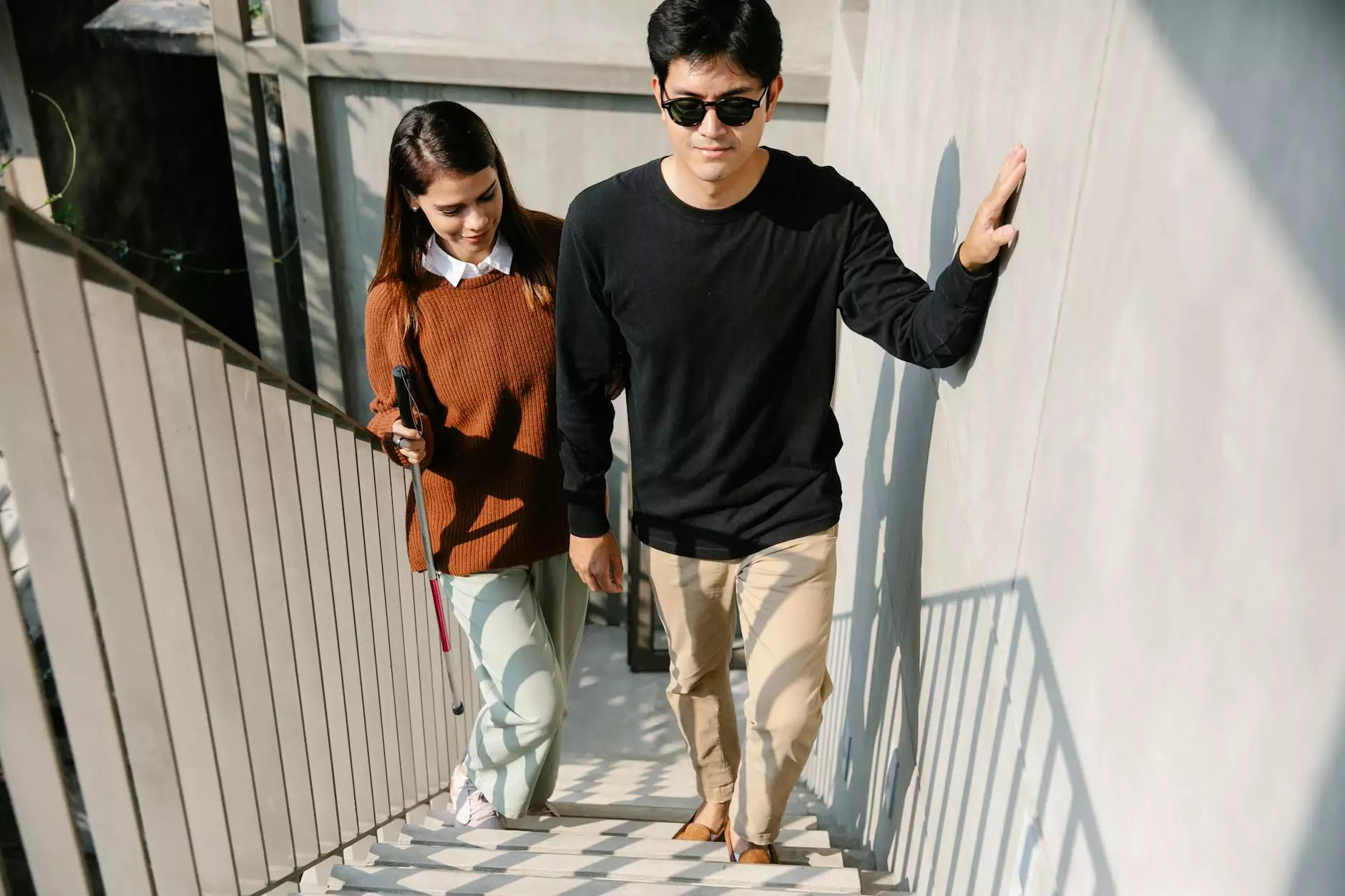Understanding Children's Shin Splints

Children's shin splints, medically known as medial tibial stress syndrome, are a common injury among active youngsters. This condition can cause considerable discomfort and hamper their ability to participate in sports and other physical activities. Understanding shin splints is vital for parents, coaches, and medical professionals to provide effective care and support.
What Are Children's Shin Splints?
Children's shin splints refer to pain along the inner edge of the shinbone (tibia). This pain typically arises due to overuse, especially in children who engage in sports involving running, jumping, or quick direction changes. The repetitive stress placed on the bones, muscles, and joints can lead to inflammation of the surrounding tissues, resulting in discomfort and tenderness in the affected area.
Common Causes of Children's Shin Splints
Several factors contribute to the development of children's shin splints. Understanding these can help in prevention and treatment:
- Overuse: Frequent physical activity without adequate rest can lead to shin splints. Children often push themselves, eager to improve their performance.
- Improper Footwear: Wearing shoes that do not provide sufficient support or cushioning can exacerbate the problem.
- Flat Feet or High Arches: Children with flat feet or an excessive arch might be more susceptible to shin splints due to improper alignment during physical activities.
- Hard Surfaces: Running or playing on hard surfaces like concrete can increase the impact on the legs.
- Sudden Increases in Activity: A rapid escalation in the intensity or duration of activity can trigger shin splints.
Symptoms of Children's Shin Splints
It is essential for parents and coaches to recognize the symptoms of children's shin splints to seek appropriate care. Common symptoms include:
- Pain along the inner part of the lower leg: This pain can range from mild to severe and may worsen during or after physical activity.
- Tenderness: The area may be tender to the touch, and the child may experience discomfort when pressing on it.
- Swelling: Some children may notice swelling along the shin, which can be a sign of inflammation.
- Stiffness: The affected leg may feel stiff, particularly after periods of rest.
How to Diagnose Children's Shin Splints
If a child exhibits symptoms of shin splints, it is crucial to consult with a podiatrist or a healthcare professional. They may conduct a physical examination and ask about the child's medical history and activity level. In some cases, imaging tests like X-rays or MRIs might be necessary to rule out other injuries, such as stress fractures.
Treatment Options for Children's Shin Splints
Treating children's shin splints often involves a combination of home care and professional guidance. Here are some effective treatment options:
1. Rest
A key to recovery is ensuring the child takes a break from activities that cause pain. This rest period could last several days to weeks, depending on the severity of the symptoms.
2. Ice Therapy
Applying ice packs to the affected area for 15-20 minutes several times daily can help reduce inflammation and alleviate pain.
3. Compression and Elevation
Using a compression bandage can support the shin and reduce swelling. Additionally, elevating the leg helps minimize fluid buildup.
4. Pain Relief Medications
Over-the-counter pain relievers such as ibuprofen or acetaminophen can help control discomfort but should be used under the advice of a healthcare professional.
5. Stretching and Strengthening Exercises
A physical therapist can recommend specific stretching and strengthening exercises to address muscle imbalances and improve flexibility and strength in the lower limbs.
6. Gradual Return to Activity
Once symptoms improve, children should ease back into their activities gradually. A podiatrist or physical therapist can provide a safe and structured return plan that includes flexibility and strengthening exercises.
Preventive Measures for Children's Shin Splints
To reduce the risk of developing shin splints, consider implementing the following preventive strategies:
- Choose Proper Footwear: Invest in well-fitted shoes with adequate support and cushioning for your child's specific foot type.
- Encourage Warm-Up and Cool Down: Ensure children perform warm-up exercises before engaging in sports and cool-down stretches afterward.
- Vary Surfaces: Encourage children to alternate between different surfaces for running and playing to minimize repetitive stress on the same areas.
- Build Activity Gradually: Increase activity levels slowly to allow the body to adapt, especially after breaks from sports.
- Incorporate Strength Training: Regular strength training can help support muscles around the shins and improve overall stability.
When to Seek Professional Help
If your child experiences persistent pain despite home treatments, it is vital to consult a healthcare professional. Other signs that warrant medical attention include:
- Severe swelling or bruising: If the area appears significantly swollen or bruised, it may indicate a more serious injury.
- Inability to bear weight: If your child cannot walk or puts weight on the affected leg, professional evaluation is necessary.
- Persistent pain: If pain continues in spite of rest and treatment, it’s essential to seek medical advice.
Conclusion: Caring for Children's Shin Splints
Understanding and managing children's shin splints is crucial for their overall health and wellbeing. By recognizing the signs, employing effective treatment methods, and implementing preventive strategies, parents and coaches can significantly enhance children's ability to participate in sports without pain or discomfort. Furthermore, early intervention and professional guidance can lead to a quicker recovery, allowing young athletes to return to their favorite activities stronger and more resilient.
For more information on foot health and treatment options, don’t hesitate to consult with your local podiatrist or visit thefootpractice.com.









